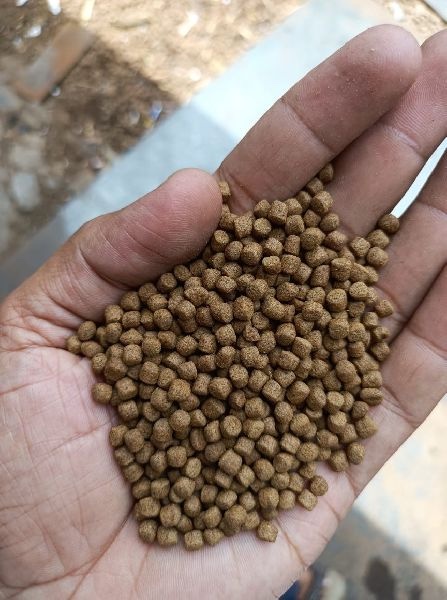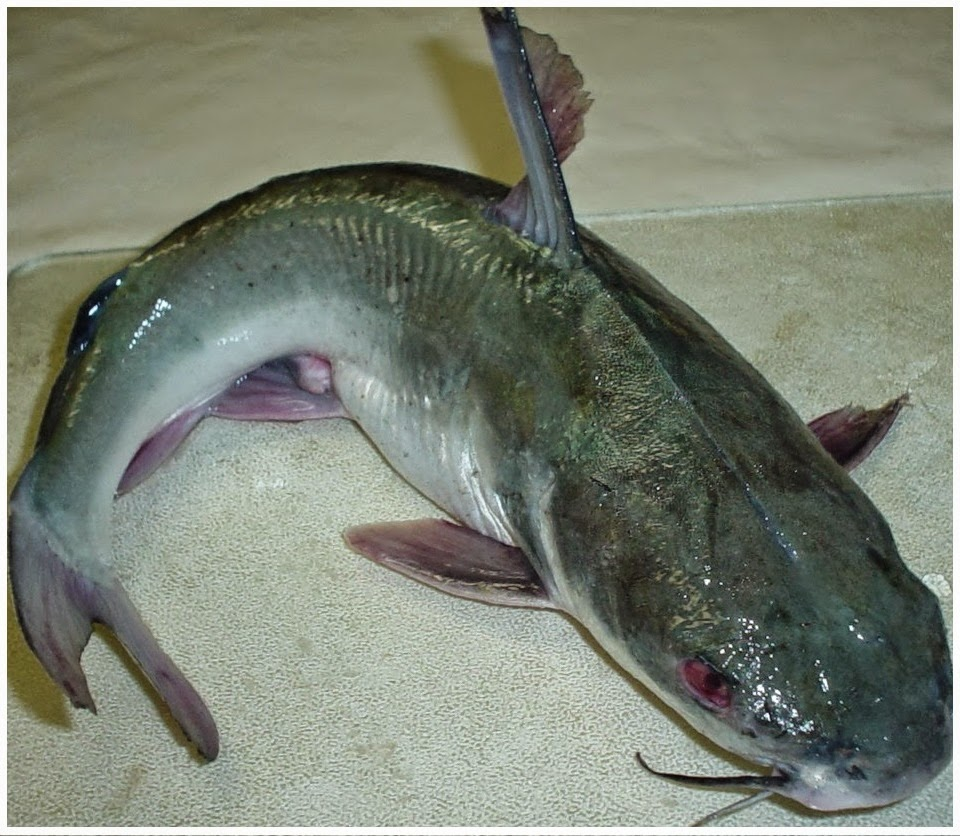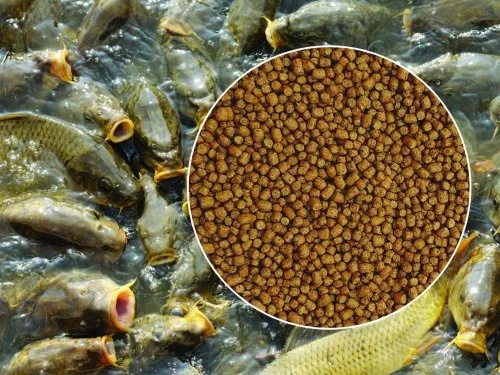It is no longer news that the standard of fish feed quality has been compromised, resulting in a significant decline in its quality.
This issue is not limited to any specific brand, but rather affects all feed producers, including both established and unknown toll millers, for a variety of reasons.
Farmers are feeling the impact of high feed prices and low quality. Recently, a poultry farmer in Gwagwalada, an outskirt of Abuja the city capital of the Federal Republic of Nigeria deeply expressed disappointment in the decline of standards of his fish feed quality after he bought some bags. In the past, feeding a specific amount of layers of mash would result in a certain number of egg crates, but this is no longer the case.
Recommended for you: Profitable Catfish Farming in Nigeria: The Importance of Passion.
Going forward, the hunter must learn to shoot without missing, just as the bird has learned to fly without perching.
To produce high-quality fish feed in the industry, farmers must learn to make their own feed.
The importance of water management cannot be overstated, especially because the ingredients used in fish feed production are often difficult to digest.
However, farmers are recommended to perform regular water changes or use flow-through systems when possible. This increases the amount of oxygen in the water, which helps with the digestion of the feed.

During a water change, it’s recommended to only change a portion of the water. One method is to remove 70-80% of the water and replace it with fresh water.
The advantage of partial water changes is that if the fish hasn’t fully digested their food from the previous day, they won’t regurgitate it.
It is important to know the carrying capacity of your pond and not exceed it. This is especially crucial now as changes in feed have affected the major production index.
Mixing multivitamins with fish feed and air-drying them for an hour before feeding can enhance growth and provide more nutrients to the fish.
Advice on Fish Feed Quality
I always advise my fish farmer to avoid being loyal to any particular feed company because the industry is constantly changing.

Thank goodness for the Totmak Farmers’ Center, which offers a diverse selection of brands for farmers to compare and analyze their results.
After you have checked the feed performance on a biweekly basis through the sampling method, it is also recommended to ensure optimal FCR after implementing best management practices.
- Feed given ÷ weight gained. Any feed that performs below expectations should be honourably dumped.
- Fish on finisher diets (6mm – 9mm) should be fed once daily considering that the ingredient composition of that class of feed takes a longer time to digest.
- To prevent feed wastage, it’s recommended to feed fish one time a day before changing the water. This allows for better digestion since the oxygen levels in the water, which aid in digestion, will have depleted by the time of the water change.
Despite my desire to be optimistic, I am burdened by doubts about improvement. For now, we must continue to manage ourselves until we reach a turning point.
In order to ensure better fish performance and growth, make high quality feed at home or research the company where you source it from.
In all, farmers need not joke with the production of quality fish feed in this business.
Read also: Tips for Keeping Fish Feed Fresh and Preventing Spoilage.
How to Produce Cheap and Quality Fish Feed

In order for us to produce the highest quality fish feed, we must learn how to source and produce good protein-based raw materials that are vital for the growth of the fish.
Some protein-based materials, such as chicken feathers, chicken offal, and cattle blood, can be used in production to reduce costs. These materials can be sourced from animals that are already being slaughtered for their meat on a daily basis.
These are quality available resources we have but a lot of us fail to use these resources in a way to optimise our outputs.
My article will guide you in making high-quality fish feed at home with maximum results in a short time.
You cannot fold your hands and assume big companies work in our favour. Unfortunately, fish feed quality standards have been compromised.



